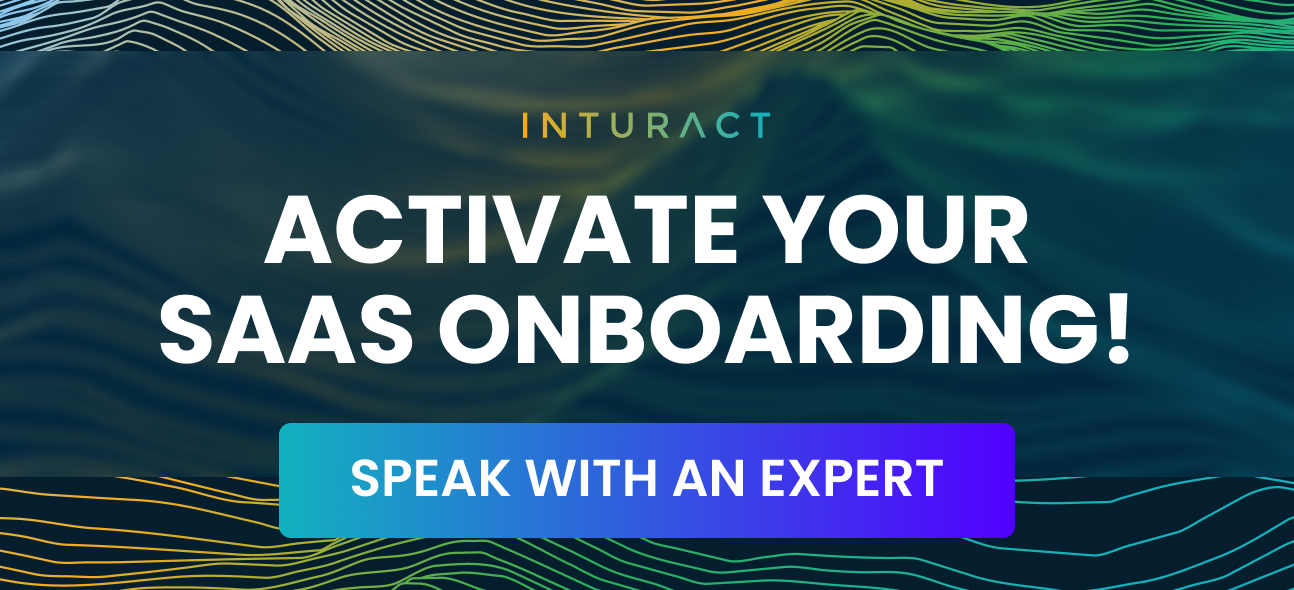Nothing can beat the power of client onboarding. 97% of businesses believe that good user onboarding is essential for a product's growth. Thus, the "first impression is the last impression," and this is the first step in a long and successful business journey.
However, the cases for tailored onboarding experiences matter for SaaS companies. It is because they have to serve many audiences and industries. So, an excellent user onboarding experience can build the foundation for a stronger relationship.
So, let's delve deep into the art of personalization and provide the user with personalization.
Explore The Significance Of Personalized Onboarding Experiences
A personalized user experience is a crucial thing for product-led growth onboarding and the journey of any product or service. It guides new users through the initial stages of using a product. You can do this to ensure that users understand the product's value and can navigate its features. But why is it so important? Let’s read:
-
Promotes customer retention
A complicated onboarding process can drive away 74% of potential customers. It means applying a simplified, personalized onboarding process is a must. This way, you can address your users' specific needs and pain points. This can reduce the chances of confusion.
-
Builds a positive client-advisor relationship
Personalization in product-led growth onboarding helps businesses establish a superior client-advisor relationship. The more you understand your customer's needs and preferences, the better you can engage them with your services.
-
Forms a strong customer bond
A positive onboarding experience contributes to the formation of a strong brand-user relationship. Users who feel understood and supported during onboarding will likely become loyal customers.
-
Understand customers preferences
Understand a user's preferences and financial situation. This lets you identify extra services or products that may benefit them. A tailored approach always allows you to tailor the solutions to address specific client goals. This can lead to some excellent cross-selling opportunities. Also, you can witness higher revenue through product-led growth onboarding.
Step-By-Step Guide On How To Personalize The Client Onboarding Experience
There are many steps to follow for tailored user onboarding and a personalized user experience. Here are some of the steps to score the best results when onboarding your customers.
Step 1: Understand your clients
The first step in personalizing the user onboarding experience is knowing who you are dealing with. You cannot work on personalizing it without learning who your users are. So, first, you need to identify the different segments of your clients.
You can do it based on their needs, preferences, and characteristics. Then, you can segment or group clients with similar traits. It is better to create some more targeted onboarding experiences.
Now, you can gather insights through surveys tools and feedback forms. This way, you can understand your users' goals, challenges, and expectations during onboarding.
Step 2: Develop a personalization strategy
In this step, check the answers you have received from your users. This can guide them through different features within your product to support feature adoption. Build detailed client personas based on demographics, behavior, and preferences. Now, you can use these personas for product-led growth onboarding processes.
Identify the right key metrics to measure the success of personalized onboarding. Examples include client satisfaction scores, engagement levels, and even retention rates.
Step 3: Use some personalization tactics
-
Customized welcome messages
Send some personalized welcome messages or videos addressing clients by name. You can also include some specific information relevant to their needs and goals. Such personalized messages are always helpful to win over potential users.
-
Tailored onboarding plans
Develop customized onboarding plans for different client segments or personas. Not all onboarding experiences are equal. So, you need to consider different approaches that will work for different users. Offer various options to the users. This helps you showcase the features and services that align with their preferences. Consider utilizing a swimlane diagram to visually map out and streamline the onboarding processes for various client segments, enhancing overall clarity and effectiveness.
-
Automated, personalized content
Leverage some user-onboarding automation tools to send personalized content. You can even use ideal data from client interactions. This lets you suggest relevant resources, tutorials, or even case studies.
Step 4: Improve and Adapt
Timing is a crucial thing to consider when it comes to successful user onboarding. Sending the right message at the right time will help the users understand how much you value them. This approach also encourages them to take the necessary actions. For example, if your customer has just signed up for your home service SaaS tool and has completed their first job in the tool, you could send them messages on receipt templates or client retention.
Also, you can collect more client data and ask for their feedback. You can even identify the key areas for improvement and apply them in the onboarding process.
Once the user onboarding is complete, keep proper track of changes. These include client preferences and adapting some personalization strategies. You can opt for low-touch onboarding methods, such as in-app guidance, for more support. You can even use data analytics to predict some future preferences.
Designing a Seamless Onboarding Experience
Now, you should get ready to design a seamless and personalized user experience.
- The first thing to do is to define your user's goals. You can even tailor the onboarding process by understanding what users want. Ensure that your users have a clear idea of your product or service. Hence, you can better apply some user onboarding and product adoption strategies. These can help you meet the user's goals.
- Another thing is a guided tour. This is an excellent way to guide users through the key features and functionalities of the product. This way, they can understand how to navigate your app or website.
For example, when a user signs up for a project management tool, they expect a guide. A guide from your end can help them with their usage. A proper demonstration of project creation, assigning tasks, and collaborating with team members makes things easier for the users.
- Interactive tutorials are another effective way to engage users during onboarding. These tutorials even allow the users to take part and learn rather than check a guide or watch a video.
For example, software for event management can teach users how to use QR codes for events. Allowing users to interact can make them feel more confident about using your product or service.
- 97% of people believe video is a useful tool to welcome and educate new customers. So, for sure, to add to personalization, you can use similar ways to develop a seamless onboarding experience. You can use any online video platforms for embedding videos for enhancing user experience.
- Gathering and utilizing user data can tailor the onboarding process to each individual's needs and preferences. You can even ask the users about their preferred product categories. And, then, you can send them suggestions for more relevant products.
Practical Tips On How Businesses Can Tailor Onboarding Processes To Meet Individual User Needs
Tailoring onboarding processes are excellent for meeting individual user needs. This is necessary to create a positive and personalized experience. Here are some practical tips on user experience personalization:
-
Conduct user personas and journey mapping
Create detailed user personas. This helps you understand your target audience's diverse needs and preferences. Also, map out the user journey to identify key touchpoints. Here, personalization can enhance the onboarding experience.
-
Customizable onboarding paths
Develop a flexible onboarding process. It allows users to choose a clear path based on their preferences and skill levels. Provide options to skip certain steps. This will be great if they are already familiar with a particular aspect of your product or service.
-
Interactive onboarding materials
Use some interactive and multimedia elements in the onboarding materials. This can be videos, quizzes, or interactive tutorials. This helps them to accommodate different learning styles. Allow the users to choose the medium that best suits their learning preferences.
-
Progress tracking and gamification
Apply some progress-tracking features. Using these, users can check their onboarding journey and achievements. Introduce some gamification elements to make the onboarding process more engaging. This also allows users to earn rewards based on their progress. Also, the users will become your loyal customers forever.
- Provide event tracking guide
Provide an event tracking guide as part of your onboarding process, especially if your product or service involves event management or attendance tracking. This guide can help users understand how to utilize event tracking features effectively, ensuring a smooth and tailored experience for organizing and managing events.
Conclusion
User onboarding necessitates that you always understand your consumers' needs. This helps you make everything easier with your products and services. You can also improve user retention and save costs by personalizing the UX and focusing on each user's demands.
So, you should get ready now to make your customers feel like the product was created only for them. Provide them with the most personalized onboarding experience by following our tips, and see how your business gains more customers.



